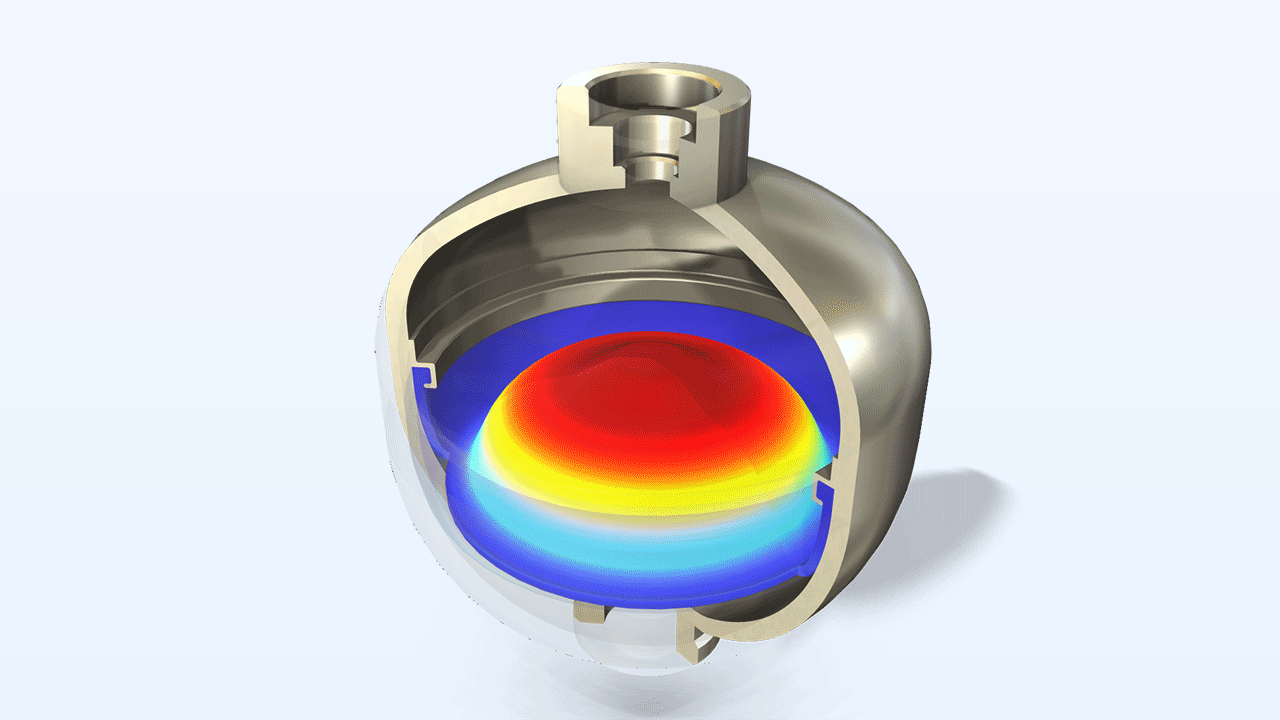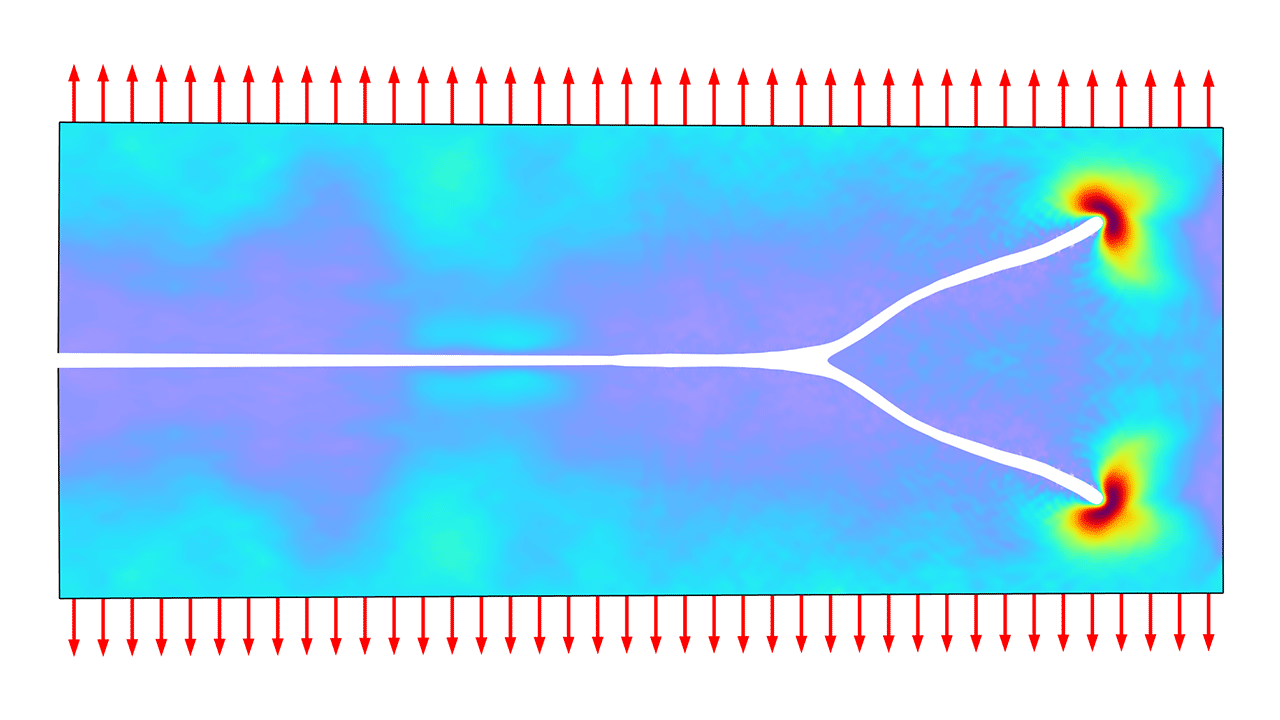Aggiornamenti Nonlinear Structural Materials Module
Miglioramenti delle prestazioni
Il costo computazionale delle operazioni di assemblaggio per creep, plasticità, leghe a memoria di forma e viscoplasticità è stato notevolmente ridotto.
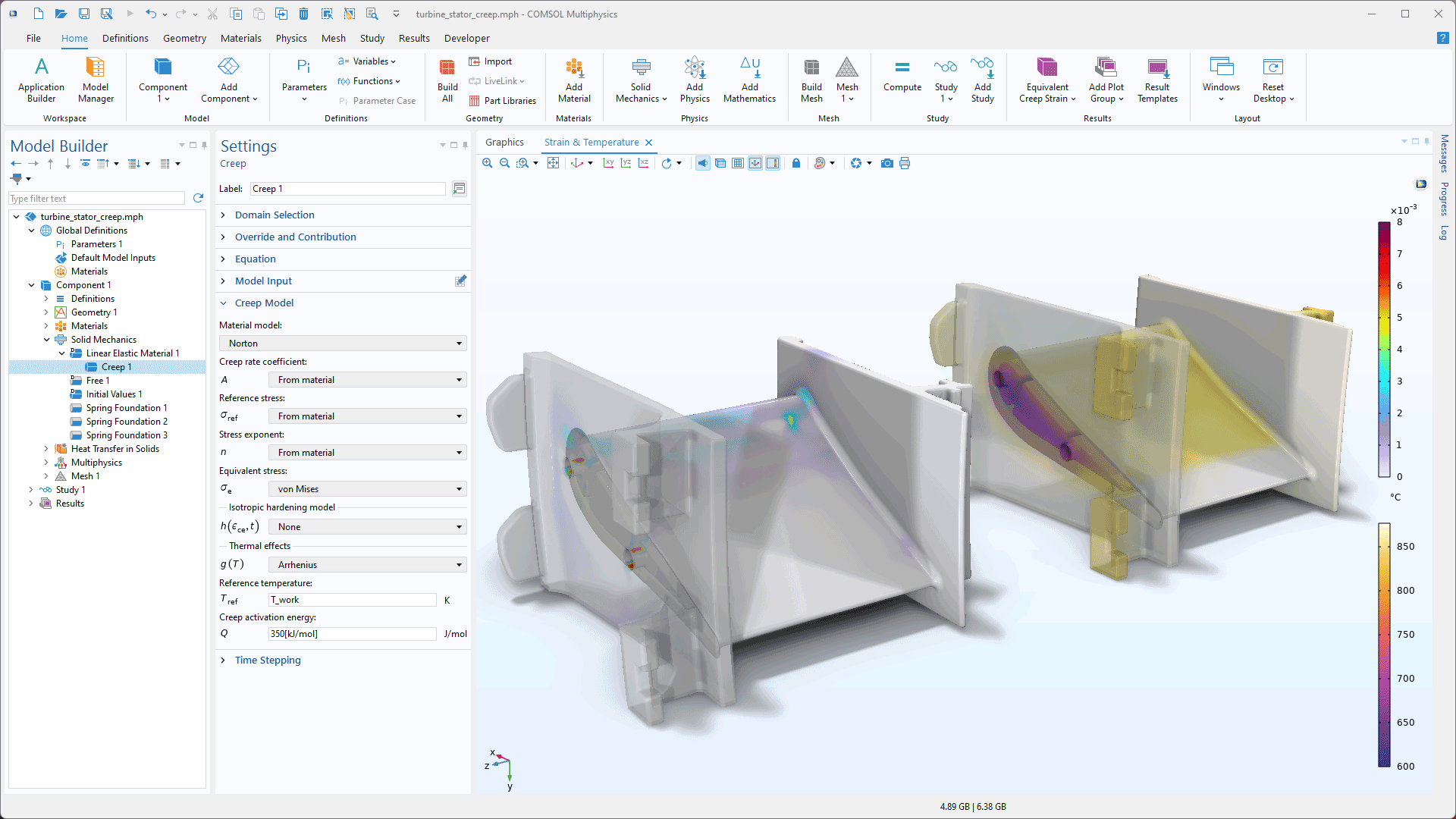
Miglioramenti alla plasticità
Per la funzione Plasticity è disponibile un nuovo algoritmo Backward Euler, damped. Il nuovo metodo mira a migliorare la robustezza dei modelli di plasticità altamente non lineari. Inoltre, è disponibile un nuovo modello di incrudimento isotropo Modified Johnson-Cook.
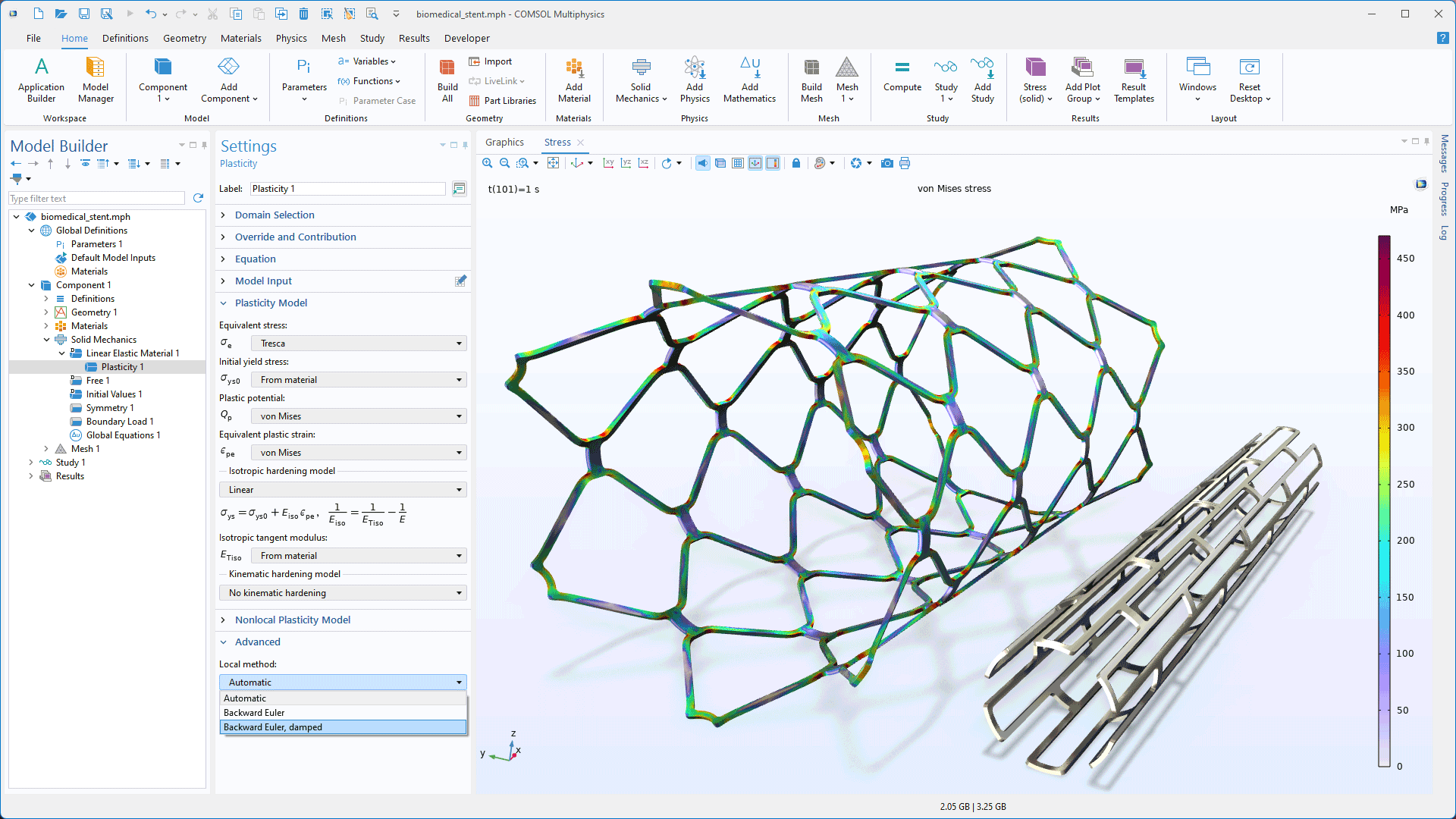
Plasticità dipendente dalla pressione
Ai nodi Linear Elastic Material, Nonlinear Elastic Material e Hyperelastic Material dell'interfaccia Solid Mechanics è stato aggiunto un nuovo sottonodo Pressure-Dependent Plasticity. Questa nuova classe di modelli di materiali è in grado di gestire grandi deformazioni da compressione ed è arricchita da modelli con cap a compressione e cutoff a tensione.
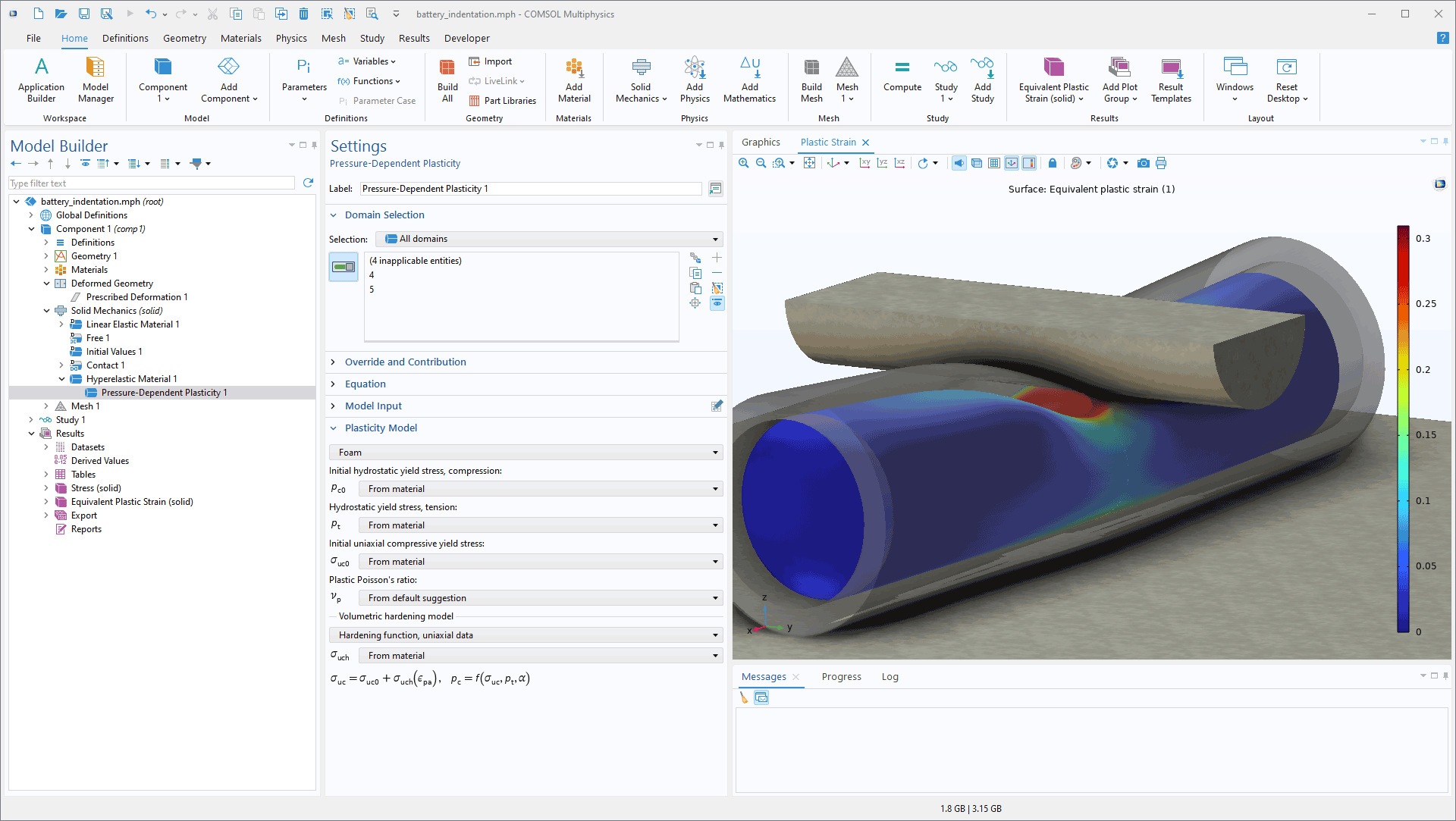
Nuovi tutorial
La versione 6.3 di COMSOL Multiphysics® introduce i seguenti nuovi tutorial nel Nonlinear Structural Materials Module.
Diaphragm Accumulator
Phase-Field Modeling of Dynamic Crack Branching
Ionic Polymer–Metal Composite Actuators in a Robotic Manta Ray
Titolo in Application Library:
mantarayIPMC
Download da Application Gallery

